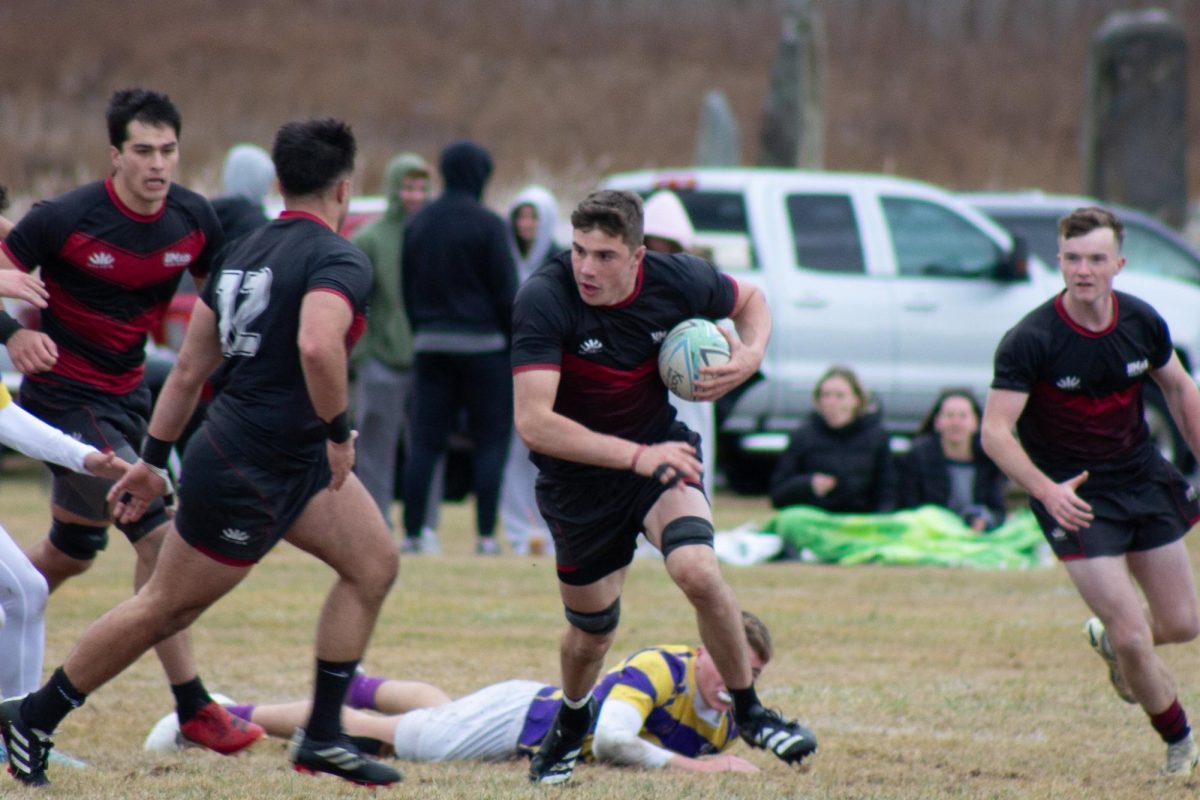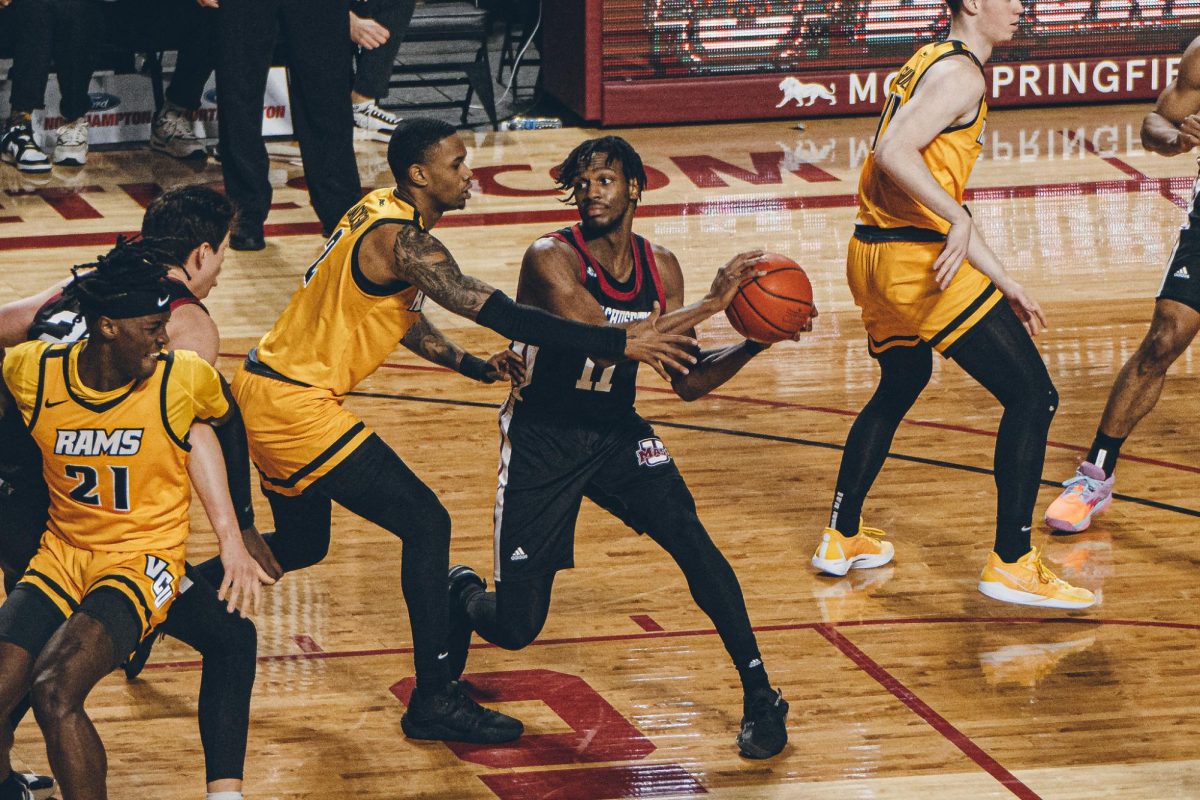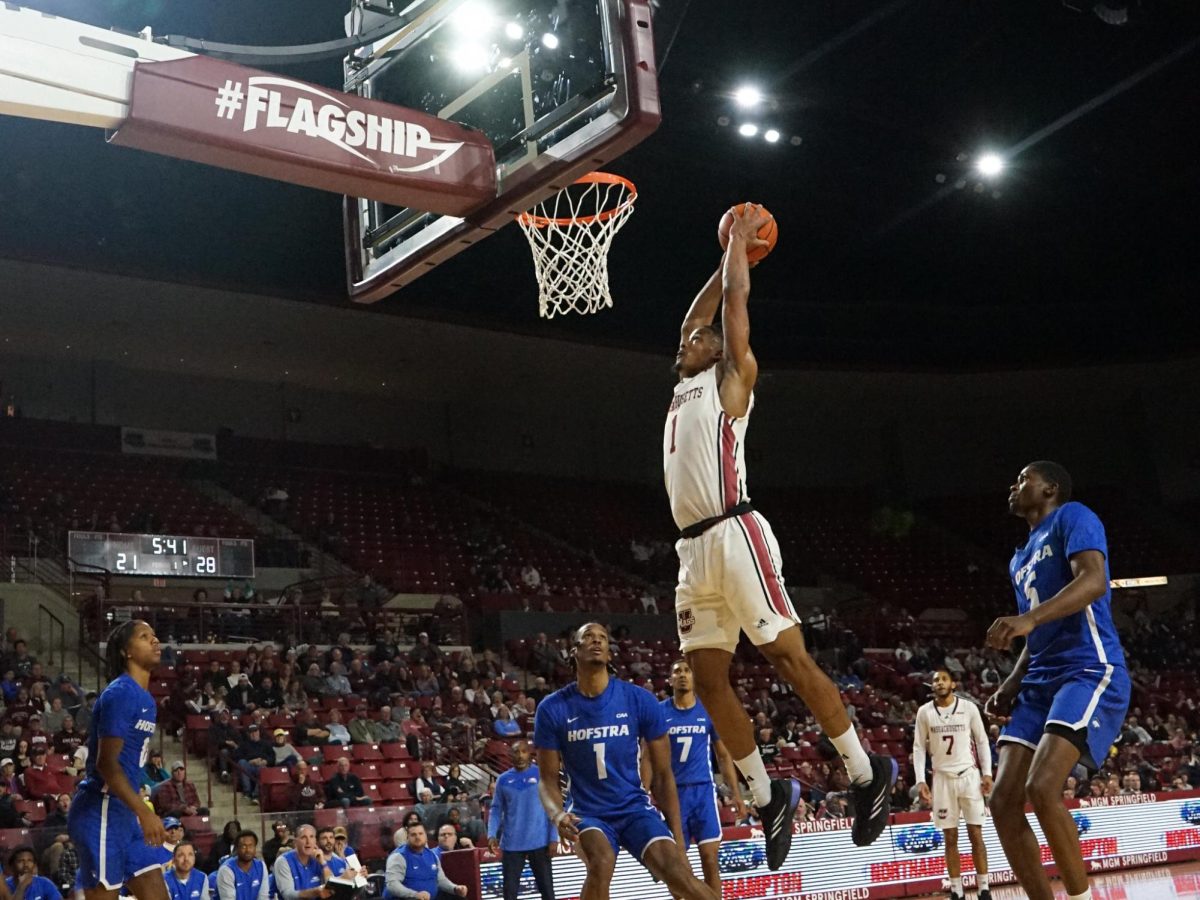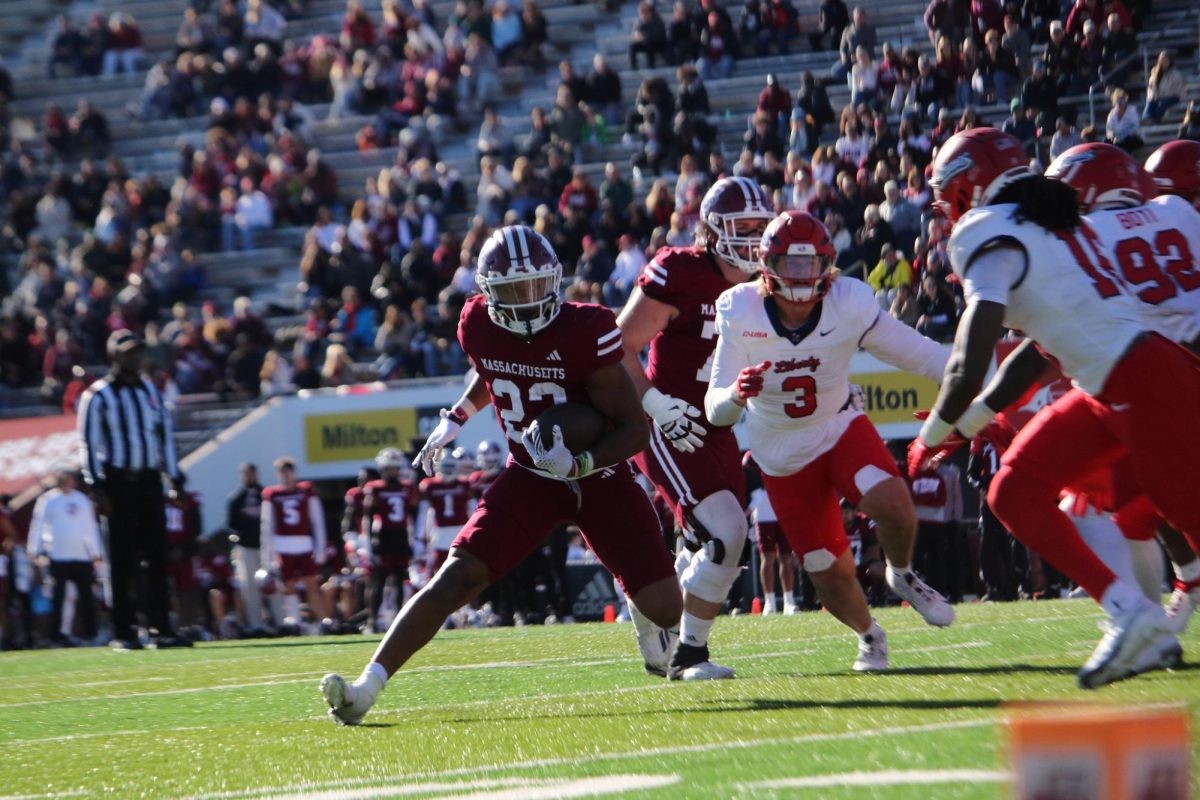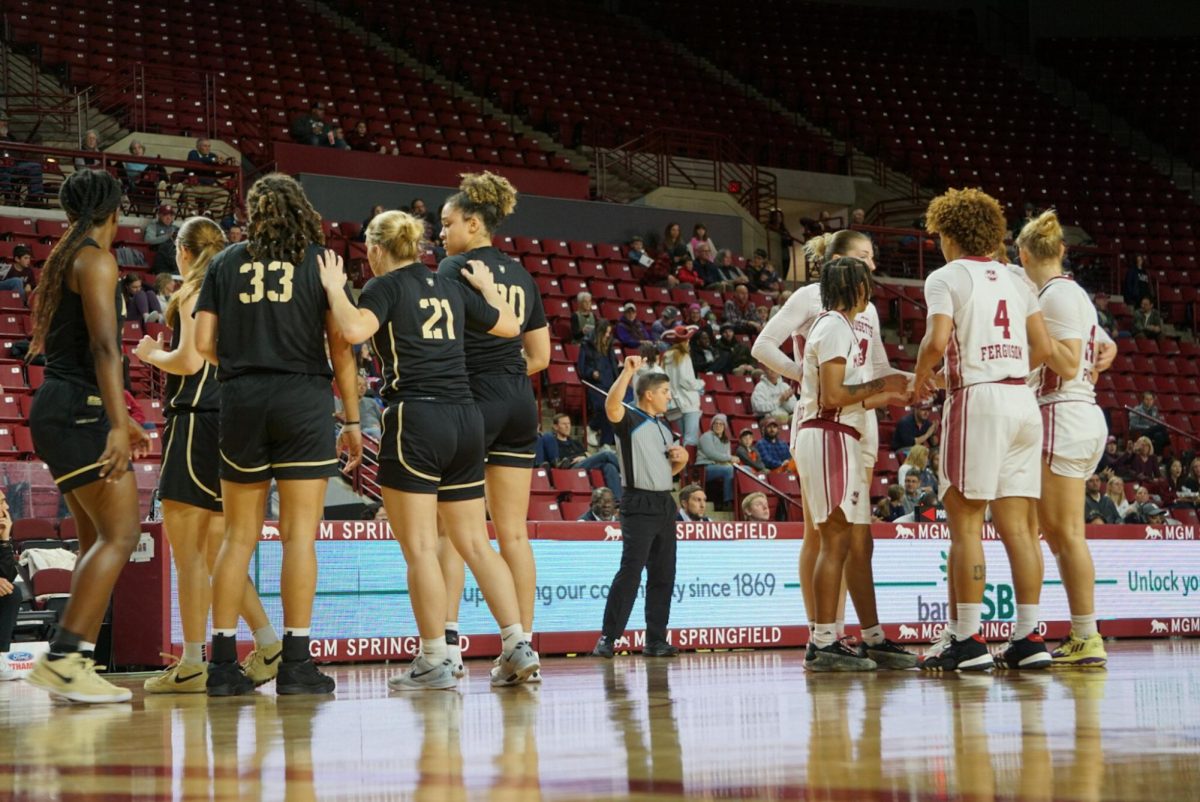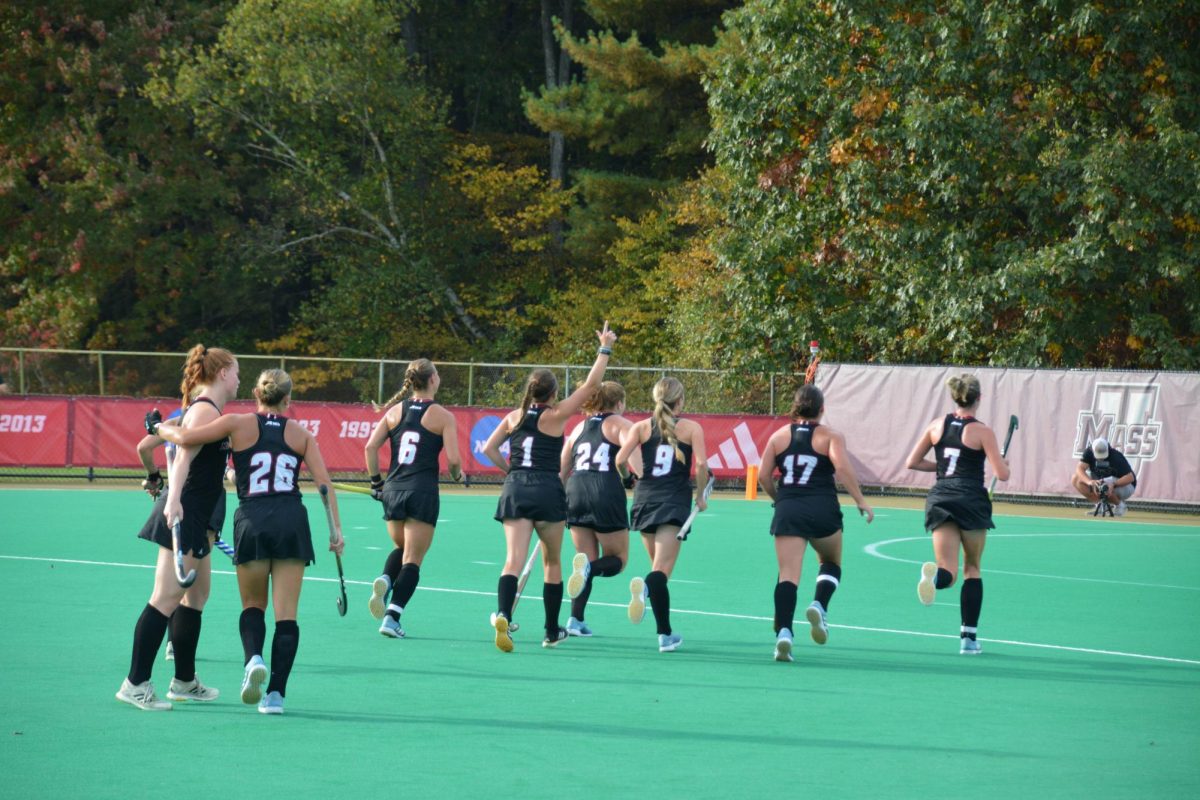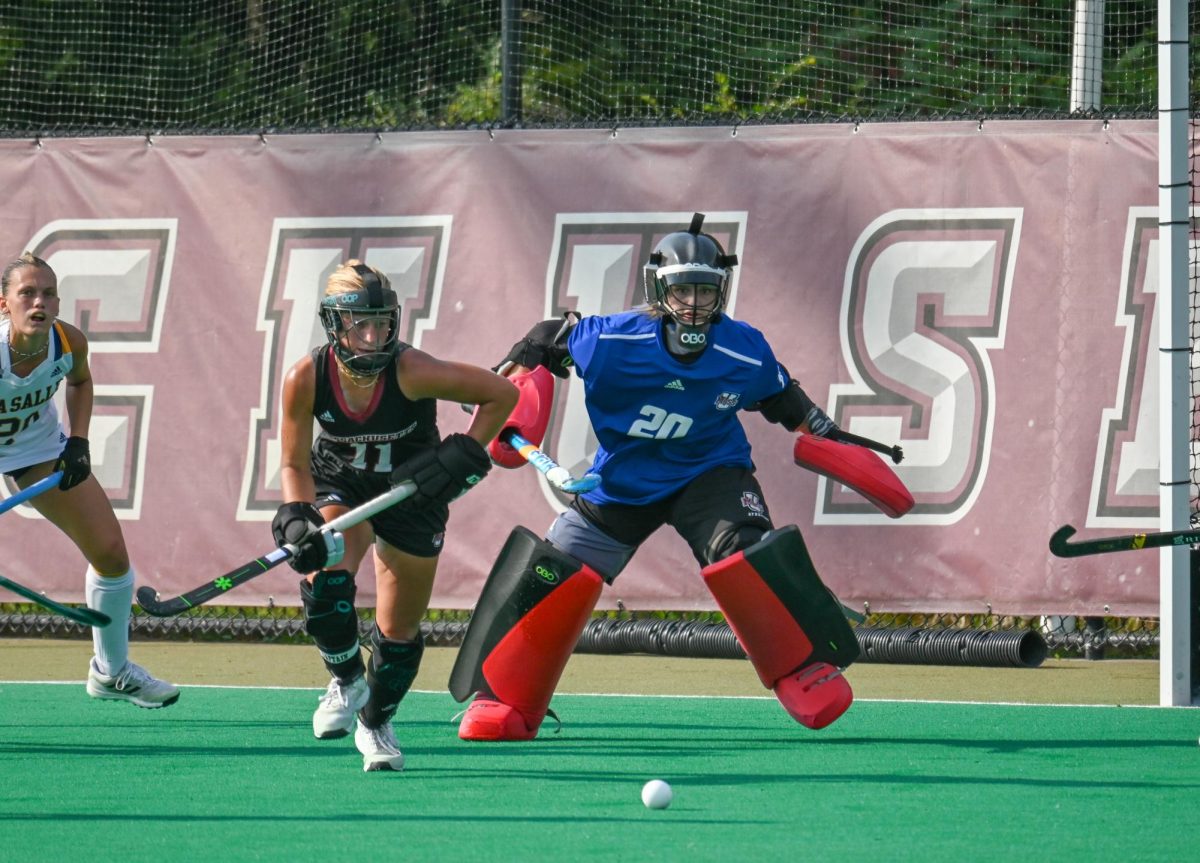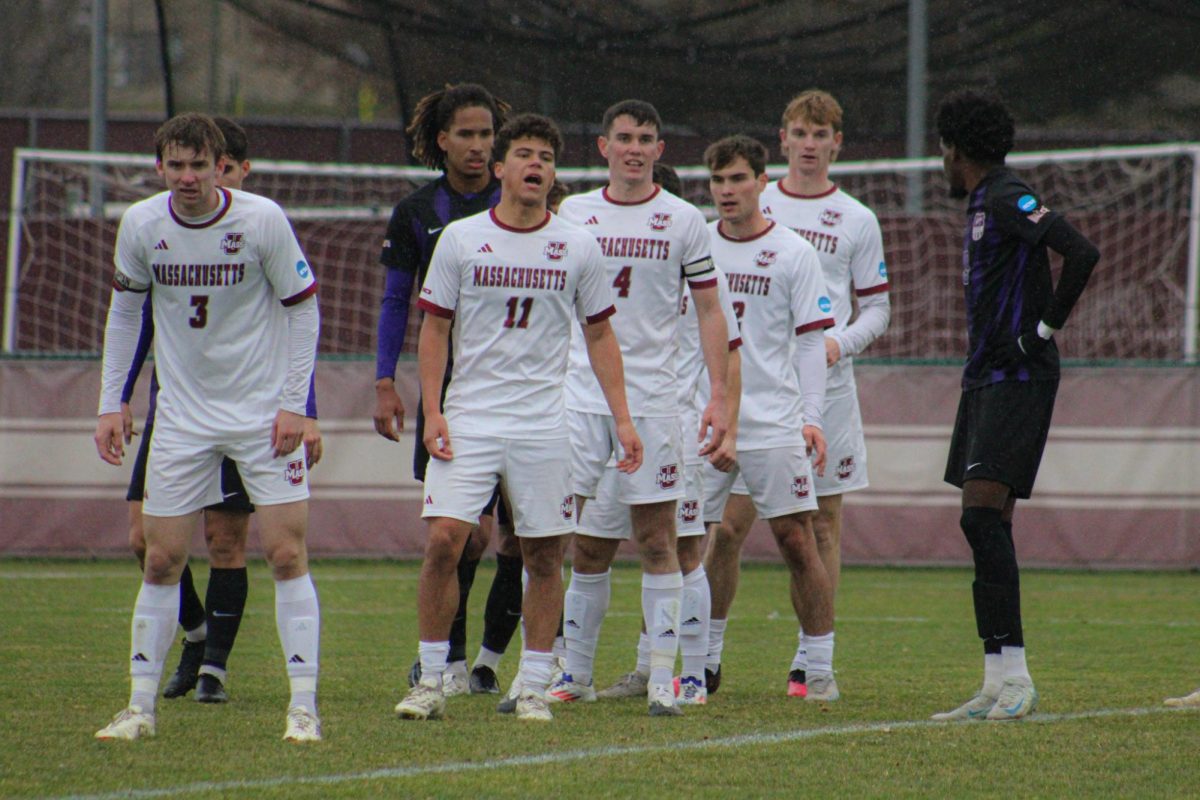
This past Sunday’s Super Bowl won’t be remembered as one of the most exciting games, but initial ratings put it as one of the most watched television events in history. This runs counter to the constant talk about the decline of American football, which is alleged to be the result of greater awareness of the dangers of tackle football and the widespread presence of chronic traumatic encephalopathy in retired players. While the number of participants in youth football has declined, National Football League viewership has continued to dominate Nielsen ratings, garnering more viewership than anything else on television. Still, when former players are winding up crippled or dead from the effects of their injuries, a difficult question arises: Is it moral to watch the NFL?
The abundant injuries and their harmful repercussions ought to worry even devoted football fans like myself. Men like Junior Seau, David Duerson, Andre Waters and others provide alarming reminders of the potential consequences football can have. Particularly, certain changes in how concussions are dealt with might ameliorate some of the long-term injuries.
In this year’s American Football Conference Divisional round, Steelers star receiver Antonio Brown, one of the best players in the league, sat out after sustaining a concussion in the previous game. In earlier years, he probably would have ignored his symptoms and played in his team’s most important game of the season. The Steelers lost the game, but the fact that Brown’s health superseded his team’s chances shows that the NFL’s concussion policy is headed in the right direction.
We ought not delude ourselves, however, that we can change football in such a way that we can prevent serious injuries. As long as large men clad in what is essentially armor are hurling themselves at each other, some of them will find themselves hurt. Lacrosse, hockey and rugby entail similar risks; boxing and mixed martial arts probably come with even more danger.
Kids who play football expose themselves to potential injury, but are also inculcated with discipline, camaraderie and selflessness. Obviously there are examples of athletes behaving badly, but participation in youth sports is causally linked to better behavior and even better grades for young people, and football has long served as an important outlet for young men.
Those who oppose football, who think it should be banned, that kids shouldn’t play it, are for the most part arguing from a utilitarian standpoint. I would posit that there is a strong case to be made that football is in fact a social good and the National College Athletic Association and NFL have strong, positive impacts on communities and instill positive values in those who play. If the entire structure of organized American football were to be run through Jeremy Bentham’s felicific calculus, I believe that it would be a largely positive activity, rather than harmful.
But I also believe this doesn’t matter. Professional football is played by adults, and the players are, or ought to be, cognizant of the risk they are taking. No one is coercing them to take the field. The millions of dollars, the fame and the option to play the game you love outweigh the risk of traumatic injury for some players. Others, like former 49ers linebacker Chris Borland, choose to walk away from the game to spare their health. And really, that is what it boils down to: adults making choices. Every Sunday, millions of Americans choose to watch a game that they know is potentially destructive to the human body. Nearly the entire country gathered in living rooms this Sunday to watch the season’s final instance of grace, power and spectacular violence. Despite the absence of my beloved Patriots, I chose to tune in, and in all likelihood you, dear reader, did as well.
Lucas Coughlin is a Collegian columnist. He can be reached at [email protected]


